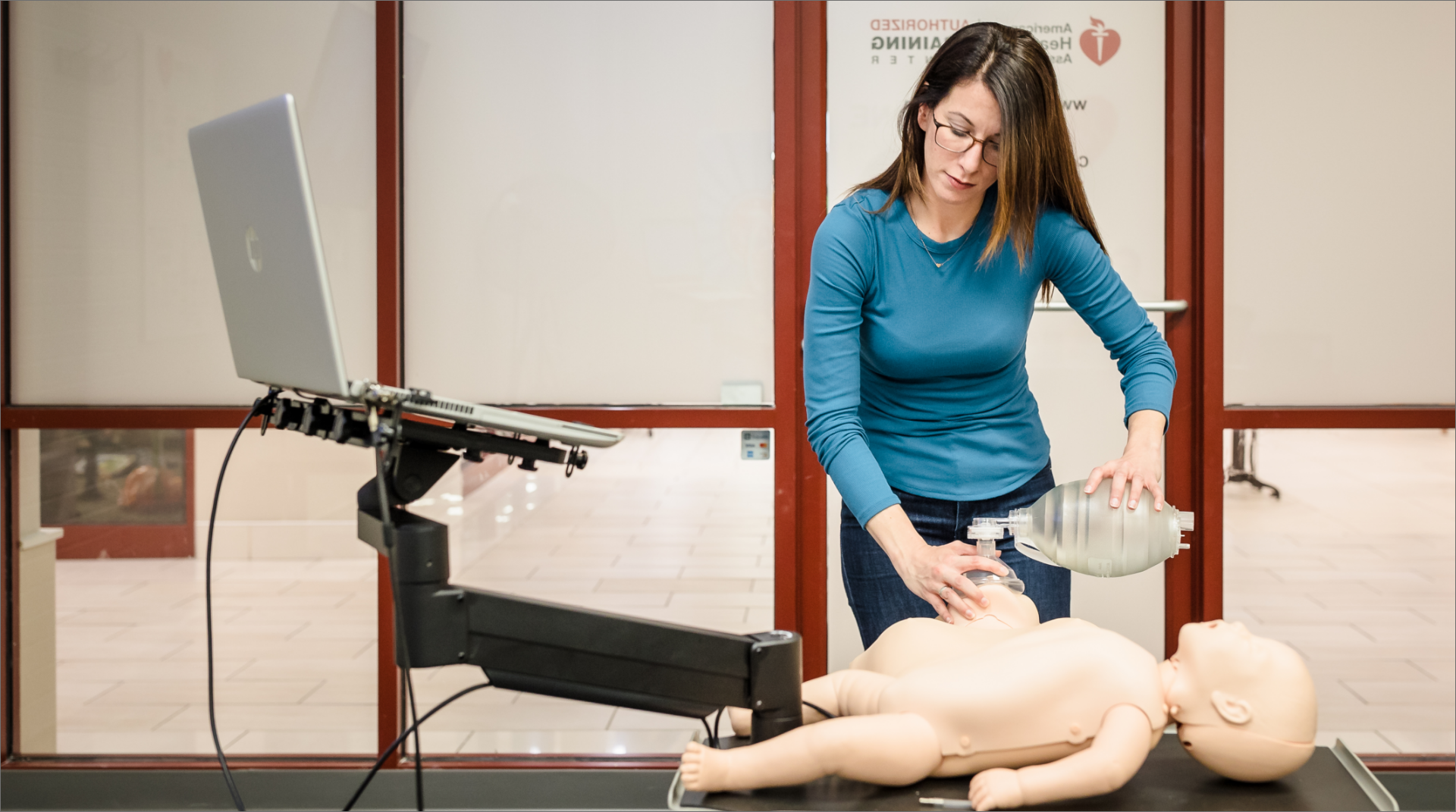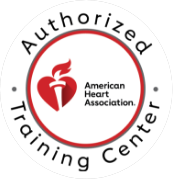

CPR Resource Center
The most comprehensive library of emergency training resources — including videos, articles, downloads, and more.


The most comprehensive library of emergency training resources — including videos, articles, downloads, and more.
Heart disease is the number one killer worldwide. For this reason, it is very important for healthcare providers and for bystanders to learn how to recognize cardiac emergencies and how to quickly intervene. Two of the greatest and widely known organizations that offer different CPR trainings are the AHA ( American Heart Association ) and the ARC ( American Red Cross ).
Both organizations offer CPR and First Aid, BLS, ACLS and PALS certifications. With both organizations, you can choose to take a traditional Instructor led class or a blended learning course, and upon completion of the training you can claim your CAPCE credits.
So, why won’t my workplace accept an American Red Cross certificate?
To understand the differences between these two worldwide known organizations we need to retrace their history.
The AHA was founded in 1924 by six cardiologists united by the desire to ensure better care to patients affected by heart diseases. Since then it has become the nation’s largest voluntary organization fighting heart disease and stroke.
In 1925 they organized the first of many cardiovascular scientific sessions that continues on a yearly basis since.
In 1948, the AHA reorganized from a scientific society to a non-profit health organization supported by the work of professionals and volunteers, and commits to raise awareness on cardiovascular diseases.
In 1950 they published their first scientific journal “ Circulation”.
Since 1956 the AHA has funded many studies on defibrillators, pacemakers, artificial valves replacement, microsurgeries, risk factors related to heart diseases, and more.
In addition, the AHA has funded 13 Nobel prize winners and many scholarships for colleges and Universities. The AHA has invested more than $4.8 billion in medical research and development of new technologies to improve cardiac and cerebrovascular diseases, leading the way to make CPR training a requirement in many workplaces, medical and non medical.
In 2018 the AHA and Laerdal Medical worked together to create the RQI training platform. This led to the creation of a computerized system for blended learning courses, allowing students to practice with realistic hands on systems.
The ARC, was founded in 1881 by Clara Burton and since then has become a worldwide humanitarian organization. Prior to WW1, the ARC introduced its First Aid, Water safety, and Public Health Nursing programs.
After the war, this organization focused on supporting members of the US military and their families, and on providing services for veterans. It also started developing programs in safety training and natural disaster prevention and mitigation.
After World War 2 the ARC introduced the first nationwide civilian blood program that now supplies more than 40% of blood products in the country.
In 1999 he ARC implemented the NAT study ( nucleic acid testing ) , a highly sensitive technique, to detect HIV and HCV genetic material in blood. This new method helped to avoid the transmission of these viruses with blood transfusion.
We don’t really know why workplaces may not accept ARC certifications. We can assume that it is thanks to the AHA’s leading position in research and guidance on how to recognize, prevent, and treat cardiovascular and cerebrovascular emergencies.
The AHA is the research organization that establishes guidelines for all CPR training and issues updates. In addition the trainings are more challenging, requiring a passing score of at least 84% on the written exam.
The ARC is a more humanitarian oriented organization and therefore adheres to the AHA research and guidelines to design their courses.
Help Me Find a Course